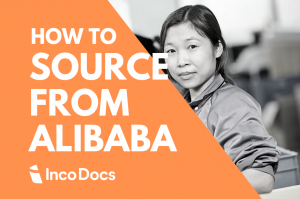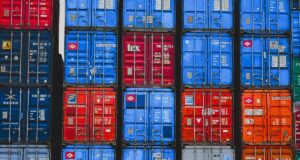What is The Regional Comprehensive Economic Partnership (RCEP)?
The Regional Comprehensive Economic Partnership is the largest trade deal in history. On the 15th of November 2020, Ministers from 15 countries agreed to the new trade deal, also known as the RCEP, which covers up to 30% of the global economy.
The countries that have agreed to the RCEP trade deal include Australia, New Zealand, China, Japan, South Korea, Singapore, Malaysia, Thailand, Vietnam, Indonesia, the Philippines, Cambodia, Laos, Myanmar and Brunei Darussalam.
India has not joined the trade deal after raising several issues that it had with the deal back in November 2019, including concerns that lower tariffs could hurt local producers. The USA are also not included in the trade deal.

What does the new RCEP deal mean for global trade?
The RCEP brings together various past Free Trade Agreements into one single deal. It brings together the ASEAN deal and 5 other countries into the one trade agreement. This new deal should standardize trading rules across all countries, making it easier for the included countries to do business in the Asia-Pacific region.
The RCEP will bring newer, simpler “rules of origin” laws between the countries involved. Companies that do business with multiple countries in their supply chain may still face tariffs within a Free Trade Agreement if some product components were sourced from another country. Under the new RCEP deal, any parts of products originating from a member nation of the RCEP would be treated the equally. This gives companies an additional incentive to source their supply network from within the RCEP region.
The new RCEP deal is expected to eliminate most import tariffs over the next 20 years.
When will the RCEP trade agreement come into effect?
The RCEP deal will come into force 60 days after 6 ASEAN member states and 3 non-ASEAN member states have ratified the agreement.







